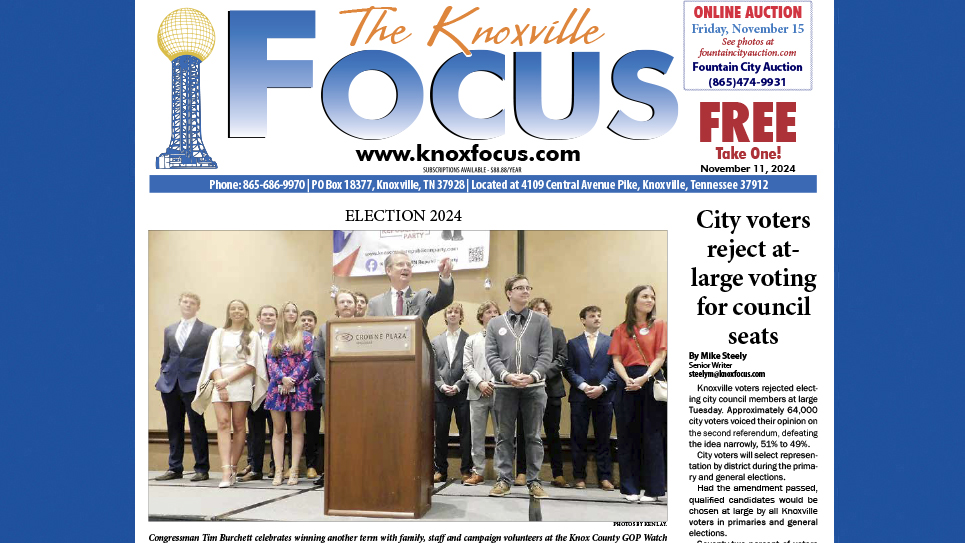Energy, economic performance and environmental quality are fundamentally linked. This makes it challenging to craft public policy to combat the effects of climate change.
The University of Tennessee, Knoxville’s Howard H. Baker Jr. Center for Public Policy has released an inaugural Energy Scorecard for the American States, which includes a visual and interactive map to address this policy challenge.
“The data and rankings included in this report are intended to enlighten the current debate over energy, the environment and the appropriate role for public policy,” said Charles Sims, lead author of the report, Baker Center fellow and economics professor in UT’s Haslam College of Business.
Sims leads the Baker Center’s energy and environmental policy program, which addresses issues related to energy consumption and conservation, nuclear energy, renewable energy, air and water pollution, ecosystem services and climate change. Researchers within the program study the interaction of energy and the environment to develop economically sound policies that improve the quality of life for people around the world.
The scorecard provides data and rankings on six criteria that capture a state’s energy footprint. The core metrics used to rank all 50 states include energy assets, economy, energy diversity, affordability, electricity and environment.
A state’s ranking under each core metric was averaged to provide a comprehensive state ranking.
The five states with the best ratings for these factors were Illinois, Washington, Oregon, Colorado and Pennsylvania, with Illinois ranked number one due to its diverse energy portfolio and service-based economy.
The bottom five states were Louisiana, Indiana, Mississippi, Kentucky and Missouri. Kentucky and Missouri are ranked poorly for inefficient energy use, an unbalanced energy portfolio and carbon-intensive economy, whereas Missouri ranked 49th for its lack of energy assets, unbalanced portfolio and high energy costs for households.
“Hopefully states will use these rankings to assess and reflect on their own performance and identify ways to improve their natural environments and, well-being of citizens,” said Sims. “It will be interesting to see how state rankings vary from year to year in response to changes in energy markets and environmental policy.”
While the report takes no stand on public policy, it does highlight areas that may generate different views over energy and environmental policy. It also describes disparities in state and regional abilities to conform to potential changes in energy and environmental policy.
“Tracking energy and environmental outcomes across the states will hopefully lead to improvements in our understanding of the complex relationships and competing incentives at play as America responds to tomorrow’s energy and environmental challenges,” said Sims. “Informed people inform the policy process.”
The complete report is available online. This research was funded in part by the Tennessee Valley Authority.







